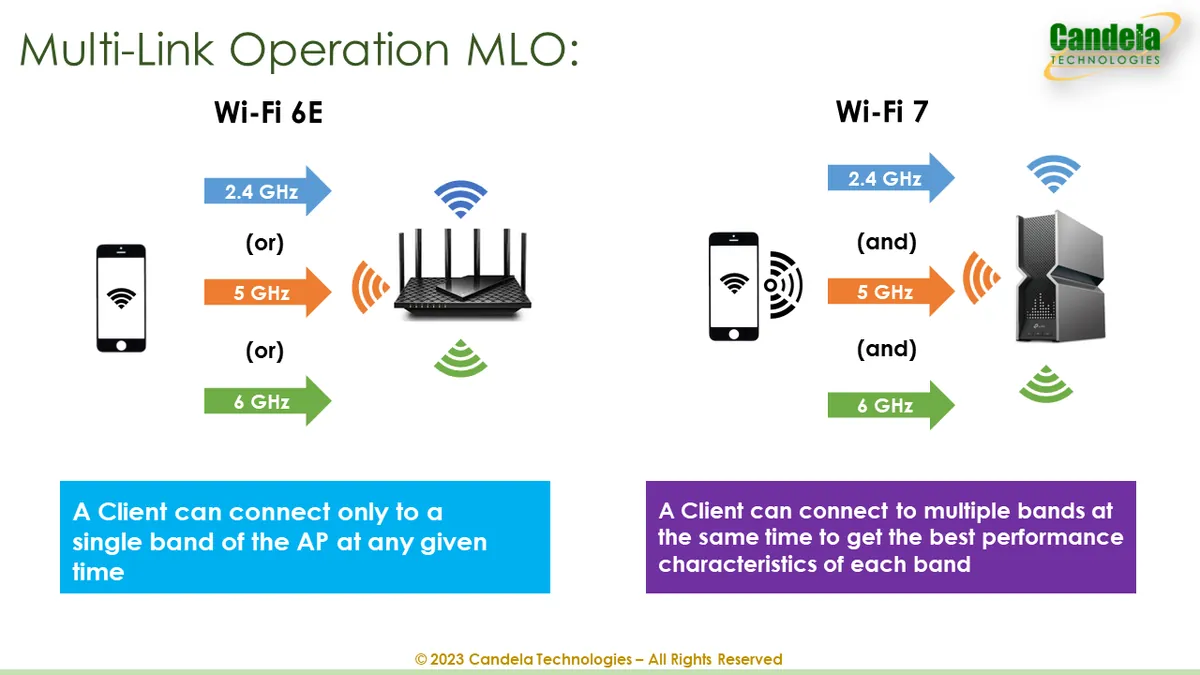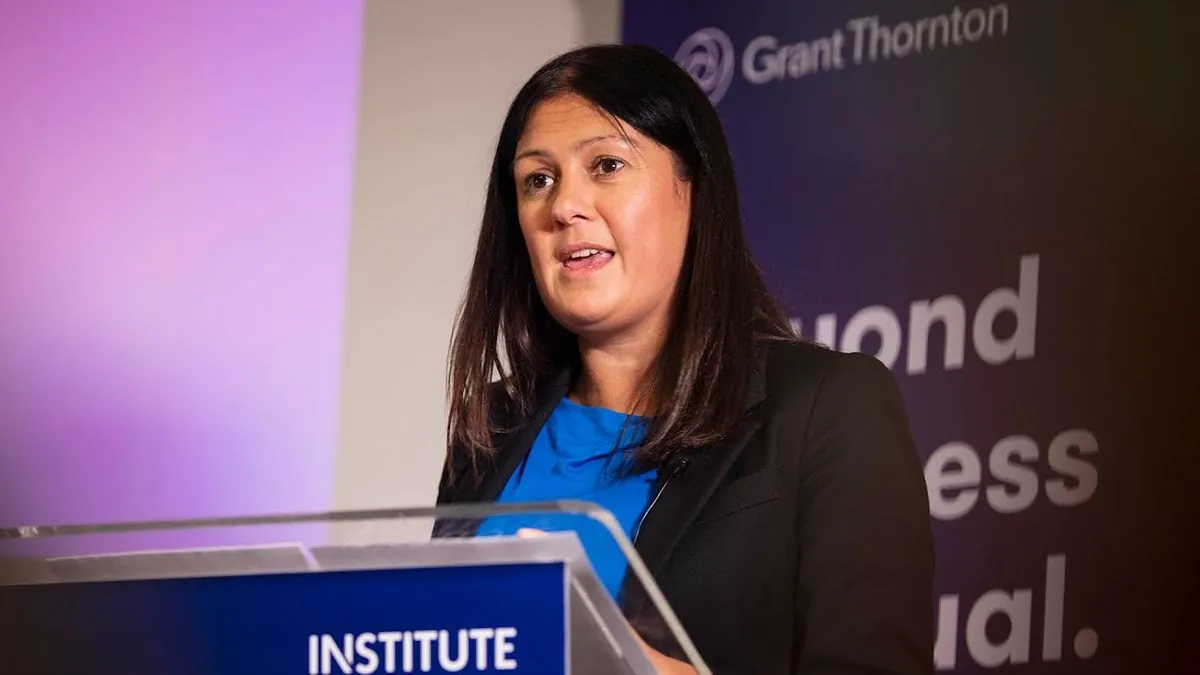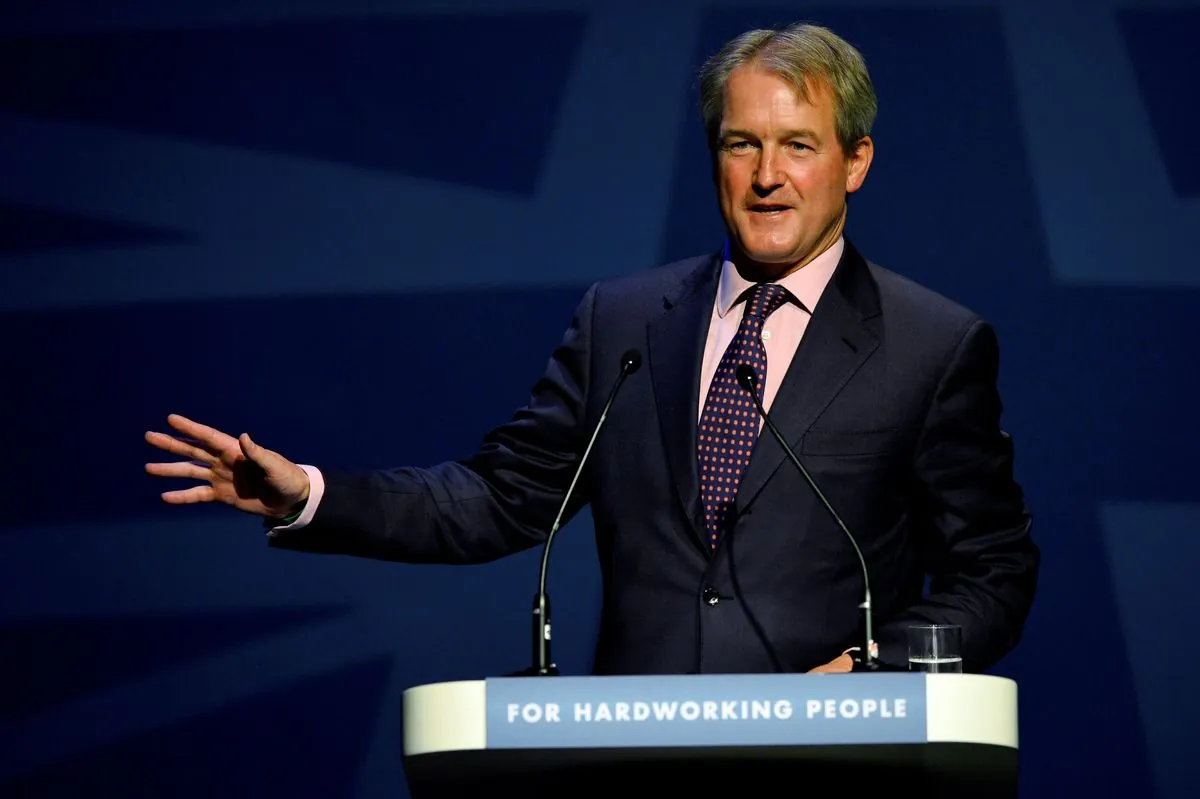EE Launches WiFi 7: A Game-Changer for Home Internet Coverage
EE introduces WiFi 7, promising to eliminate home internet dead zones. The new service, along with an upgraded standalone 5G network, aims to revolutionize both indoor and outdoor connectivity across the UK.

In a significant move to address persistent home internet issues, EE, the telecommunications company owned by BT, is set to introduce its groundbreaking WiFi 7 service this month. This innovative technology promises to eradicate internet dead zones, ensuring seamless connectivity throughout homes.

WiFi 7, also known as IEEE 802.11be, represents a substantial leap forward in wireless technology. It offers improved coverage, enhanced speed, and superior performance compared to its predecessors. Marc Allera, EE's chief executive, emphasized the transformative nature of this advancement:
"WiFi 7 is a really, really significant advancement in WiFi standards. It brings game-changing capabilities to give homes the best WiFi connection they've ever had."
This new standard addresses long-standing complaints about patchy home WiFi, particularly in larger properties where traditional routers struggle to provide consistent coverage. While WiFi extenders have been a common solution, they often compromised speed. EE's WiFi 7 service aims to maintain high speeds even with boosters, which the company will provide free of charge.
The WiFi 7 service, when used with EE's Smart Hub Pro router, guarantees speeds of at least 100 megabits per second in every room. This advancement is particularly crucial as full-fibre broadband becomes more widespread, offering faster internet access that current WiFi technology often fails to fully utilize.
It's worth noting that WiFi technology has come a long way since its inception. The first WiFi standard, 802.11, was released in 1997, and the term "WiFi" itself is a trademark name that doesn't actually stand for anything. The WiFi Alliance, responsible for certifying WiFi products, was formed in 1999, highlighting the rapid evolution of this technology.
Alongside the WiFi 7 launch, EE has unveiled an upgraded standalone 5G network across 15 UK cities. This development marks a significant step forward from the initial 5G launch in 2019, which relied on older 4G infrastructure. The new standalone 5G network promises improved call and data coverage, enhanced speeds for streaming and gaming, and support for future technologies like artificial intelligence.
The introduction of standalone 5G puts EE in direct competition with rivals Vodafone and O2, who launched their standalone 5G networks in 2023 and early 2024, respectively. This competitive landscape is driving rapid advancements in mobile connectivity, with the UK aiming to provide 5G coverage for the majority of its population by 2027.
These developments from EE represent a significant milestone in the evolution of both home and mobile internet connectivity. As we continue to rely more heavily on digital technologies, such advancements will play a crucial role in shaping our connected future.


































